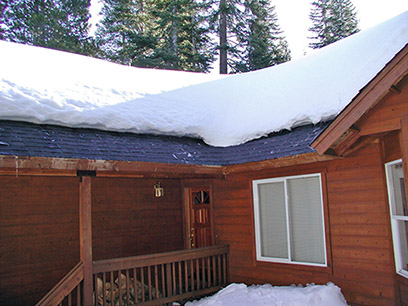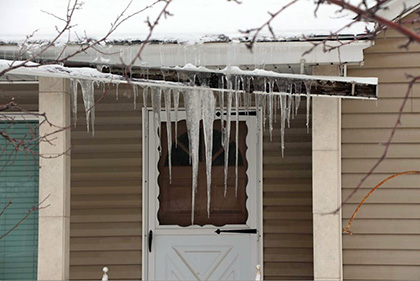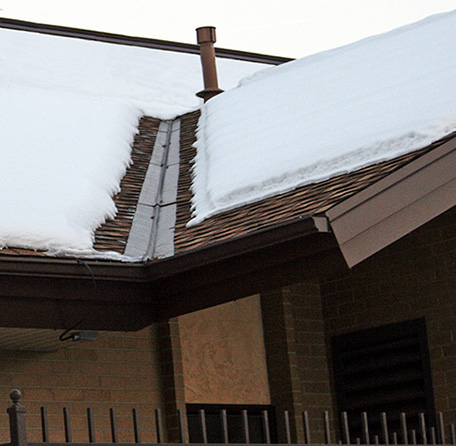
Most roofs are designed to take the beating delivered by Mother Nature, but like everything else, roofs have an effective lifespan. However, there are things that homeowners can do to prolong that lifespan, as well as prevent possible leaks and costly water damage. Roofing professionals recommend that homeowners inspect their roof at least two times a year, once in the fall and once in the springtime.
Look for damaged, loose and missing shingles, loss of granules on asphalt shingles, deterioration of the sleeves or flashing at vent pipes. Also check for corrosion or damage of all other roof flashing. (“Flashing” helps direct the flow of water around openings.) Also, it's a good idea to inspect the roof after any severe weather event.
A quality roof is the key protective element of your home. A poor quality roof can wreak havoc with the interior once it starts to leak. Staining, mold, and rot can be the results of water intrusion. So when it comes to installing your home’s roof, keep these factors in mind:

● Multiple-layer roof – A roof installed over an existing roof will have a shorter life.
● Quality of roofing material – You get what you pay for. “Economy” roof materials are likely to have limited longevity.
● Proper installation – Sloppy or improper installation affects the performance and shortens the roof's life.
● Attic ventilation – An unventilated or poorly ventilated attic can reduce roof lifespan.
● Trees near the roof – Tree branches rubbing on a roof, or the acidity from the accumulation of leaf debris on a roof can impact the condition of roof shingles.
● Harsh climate – Severe weather, including hot summers as well as extreme winters can impact your roof. Dramatic temperature swings within a 24-hour period also affect roofs because of the rapid expansion and contraction of the roofing materials.

● Poorly installed, aged, or missing flashing
● Incorrect installation of the roofing material
● Temporary repairs with mastic or caulk
● Ice, leaves, and other debris in gutters
● Improper deck over roof or low slope roof used as a deck
● Bolted-thru satellite dishes, solar systems
● Damaged plumbing boots
● Trees scraping or impacting the roof
● A poorly insulated attic can contribute to the formation of ice dams; the leading cause of roof problems
● Roofing material deterioration (due to age and/or extreme weather)
View the many Roof Heating Options that are available.
 Call us today: 888.488.9276
Call us today: 888.488.9276
 Email us: info@warmzone.com
Email us: info@warmzone.com
Call or contact a Warmzone radiant heat expert today to request a FREE quote or to receive more information about roof de-icing and other radiant heat solutions.